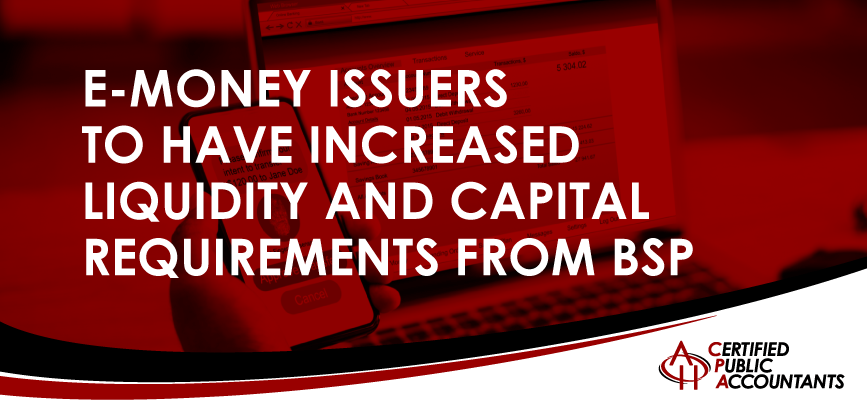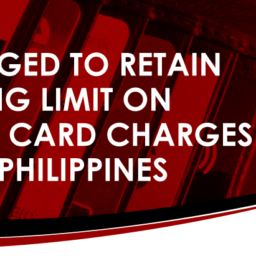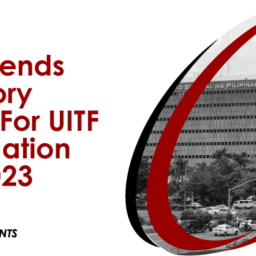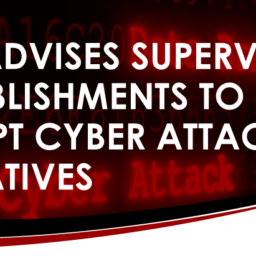
E-money Issuers to Have Increased Liquidity and Capital Requirements from BSP
Bangko Sentral ng Pilipinas (BSP) set liquidity and capital requirements for e-money issuers (EMIs) to ensure a secure and efficient industry amidst technology risks on Wednesday, February 8.
According to BSP Governor Felipe M. Medalla, EMIs have an increased minimum capital requirement of ₱200 million from their original ₱100 million with transactions of ₱25 billion or more, regardless of whether they are owned by a bank or a non-bank financial institution (NBFI).
Mandala signed BSP Circular No. 1166 on February 7. The circular amends the Manual of Regulations for Banks and the Manual of Regulations for Non-Bank Financial Institutions, which involves the issuance of e-money and the operations of e-money issuers in the Philippines.
The updated guidelines strengthen BSP’s vow to “uphold the welfare of Filipinos by promoting a safe, secure, and inclusive financial system.”
Mandela stated, “The amendments are geared towards equipping EMIs in attending to the evolving needs and behaviors of consumers and in responding to the existing and emerging risks in the financial sector, such as cybersecurity and money laundering.”
Additionally, the signed circular notes that e-money issuers with large operations have new capital and liquidity regulations to account for higher risk exposure.
The circular read, “The regulations governing e-money issuers and operations allow Bangko Sentral-Supervised Financial Institutions (BSFIs) to adopt risk management systems commensurate to their size, risk profile, complexity of operations, and systemic importance. This enables BSFIs to provide financial services attuned to the evolving needs and behavior of consumers and supported by safeguards and controls to ensure that risks remain within manageable levels.”
Furthermore, the circular categorizes EMIs into two groups: EMI-Banks and EMI Non-Bank Financial Institutions (EMI-NBFI). Any EMIs that were considered as EMI-Others will be under the EMI-NBFI category along with cooperatives.
The most recent BSP data showed that there are 29 lenders with EMI bank licenses. On the other hand, 41 are categorized as non-bank EMIs.
















